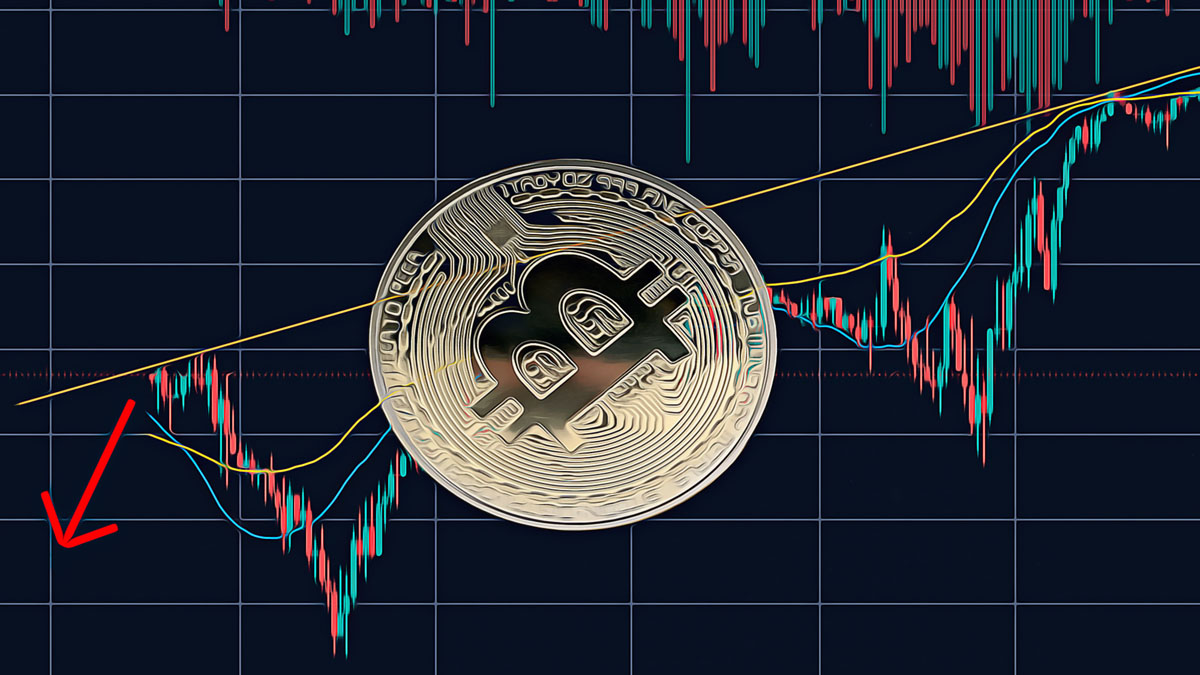Bitcoin‘s price has fluctuated by less than $500 over the past 24 hours, with significant declines observed in altcoins. Despite the recent dip, Bitcoin hasn’t experienced a substantial upward trend since its all-time high in the first quarter. What are the insights and forecasts from prominent market analysts?
Bitcoin and Market Predictions
In the 15 days leading up to the steep drop on Friday, June 7, Bitcoin exhibited minimal movement. During this period, volatility reached historically low levels. Swan Bitcoin’s Chief Investment Officer, Rapha Zagury, notes that the timeframe from May 24 to June 7 represents an unusually low segment of 6% in terms of volatility.
“The horizontal blue line depicts the most recent 15-day rolling volatility number of 23%, indicating proximity to the lower end,” Zagury explains. Bitcoin being confined within a narrow range is uncommon, experts emphasize. In the last 24 hours, BTC has traded between $69,582 and $69,130.
What Lies Ahead for Cryptocurrencies?
Bitcoin’s price may exhibit shallow trading ranges, but long-term trends show continuous increases. Recently, the European Central Bank enacted its first interest rate cut in several years. With the economic slowdown in mind, the Federal Reserve is also expected to initiate rate cuts eventually. Should the Fed delay, more inflationary measures might be implemented to bolster the economy.
Investors are understandably cautious, especially with upcoming data that includes 3-year interest rate forecasts. Historically, low volatility often precedes significant market movements. Zagury highlights that Bitcoin prices have experienced double-digit increases following similar low-volatility periods.
Key Takeaways for Investors
Investors should consider the following:
- Low volatility periods often precede significant price movements.
- Historical data indicates potential for substantial gains post low volatility.
- Upcoming economic data and interest rate decisions may impact market dynamics.
- Long-term trends show continuous price increases despite short-term fluctuations.
Examining the 365 days following previous low volatility periods, gains have ranged from 55% to 820%. While historical performance cannot guarantee future outcomes, the potential for shallow volatility to trigger new growth phases should not be overlooked.













